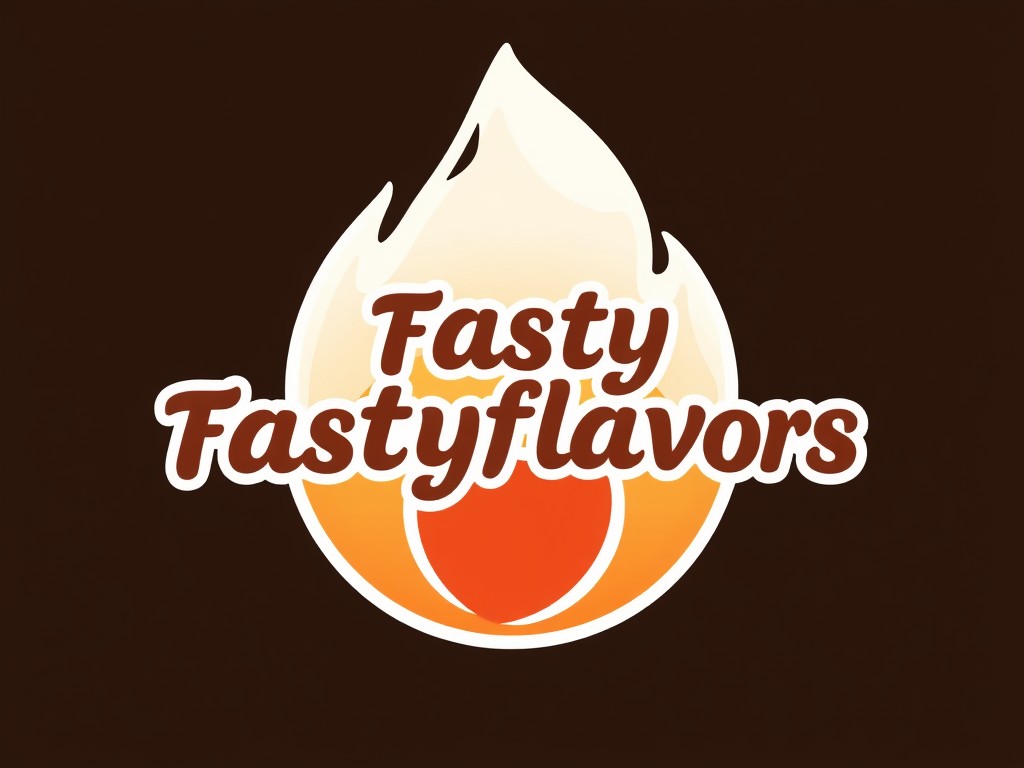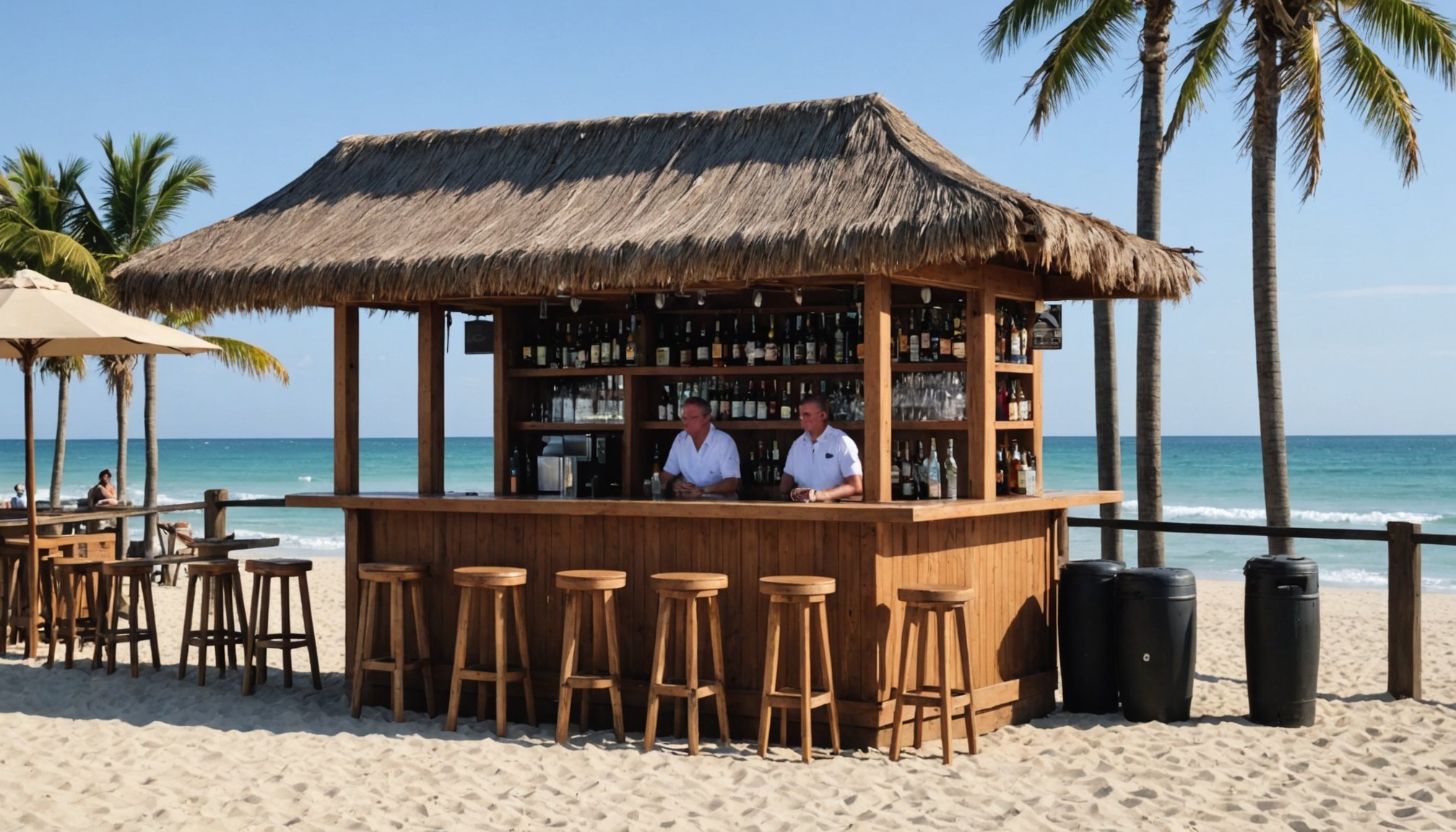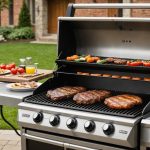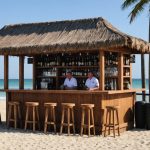Seasonal fluctuations can pose significant challenges for beachfront bars, impacting revenue and customer experience. Recognizing these patterns is essential for success. Effective strategies include dynamic staffing, menu adjustments, and targeted marketing campaigns designed for peak seasons and quiet periods. Embracing these approaches not only enhances your bar’s adaptability but also maximizes opportunities for growth. Discover practical tips to thrive regardless of the season and elevate your beachfront bar to new heights.
Understanding Seasonal Fluctuations in Beachfront Bars
Exploring the ebb and flow of customer dynamics
Also read : Crafting a Farm-to-Table Menu: Strategies for High-End Restaurants to Succeed
Beachfront bars experience seasonal fluctuations that significantly impact their operations. These variations are influenced by weather conditions and holidays, which affect customer behavior and preferences. During warm months, bars often see a surge in patrons seeking relaxation by the sea. Conversely, colder seasons may result in diminished customer turnout, posing operational challenges.
Impact of Weather and Holidays
Weather plays a pivotal role in determining customer visits. Sunny days attract more visitors, while inclement weather can deter them. Holidays also bring an influx of tourists, boosting sales and creating a bustling atmosphere. However, managing this increased demand requires strategic planning.
Additional reading : Crafting a Dynamic Seasonal Menu: How Restaurants Can Innovate with Fresh Ingredients
Common Challenges During Peak and Off-Peak Seasons
Beachfront bars face distinct challenges in both peak and off-peak seasons:
- Staffing fluctuations: High demand necessitates more staff, while off-peak periods may require scaling down.
- Inventory management: Predicting stock needs can be challenging, leading to potential shortages or excess.
- Maintenance costs: Increased wear and tear during peak times can escalate maintenance expenses.
Understanding these seasonal fluctuations allows bar owners to optimize operations, ensuring a seamless experience for patrons year-round. By adapting to these changes, bars can maintain profitability and customer satisfaction.
Marketing Strategies for Seasonal Success
Crafting targeted marketing campaigns for peak seasons can be a game-changer for beachfront bars. By focusing on seasonal marketing, bars can effectively engage customers and maximize profits. Implementing promotional campaigns during high-traffic periods ensures visibility and attracts more patrons. Leveraging social media is crucial; platforms like Instagram and Facebook allow bars to showcase their vibrant atmosphere and special offers.
One effective approach is to host local events or theme nights, drawing in crowds eager for unique experiences.
Utilizing Social Media and Local Events
Social media is a powerful tool for customer engagement. Regular updates and interactive content keep the audience interested. Collaborating with local influencers can amplify reach and attract new visitors. Additionally, participating in local events or sponsoring community activities boosts visibility and fosters goodwill.
Strategies for Attracting Off-Season Customers
Attracting customers during off-peak times requires creativity. Offering promotional campaigns such as discounts or loyalty programs can entice repeat visits. Hosting indoor activities or cozy events tailored for colder weather can maintain interest. Creating a welcoming atmosphere with seasonal decor and themed menus also enhances customer engagement.
Key Strategies:
- Leverage social media for visibility
- Host local events to draw crowds
- Offer off-season promotions to maintain interest
By embracing these strategies, bars can navigate the challenges of seasonal marketing effectively.
Staffing Adjustments Throughout the Year
Adapting to seasonal changes requires a keen understanding of staffing dynamics.
Evaluating Staffing Needs
Beachfront bars must continuously evaluate their staffing strategies to align with seasonal traffic. During peak months, an increase in visitors necessitates a larger team to maintain service quality. Conversely, off-peak periods allow for a more streamlined approach, reducing staff without compromising operations. This evaluation is crucial for effective team management.
Best Practices for Hiring Temporary Staff
Hiring temporary staff is essential for handling fluctuations. Implementing seasonal hiring practices ensures that bars have the flexibility to scale their workforce. Consider the following best practices:
- Conduct thorough interviews to assess suitability for fast-paced environments.
- Offer competitive wages to attract skilled temporary workers.
- Provide clear expectations and job descriptions to avoid misunderstandings.
Training and Retaining Staff
Training is vital for high performance, especially for temporary hires. A structured program enhances skills and ensures consistency in service. Retaining valuable staff involves fostering a positive work environment and recognizing contributions.
Key Points:
- Evaluate staffing needs based on traffic
- Implement best practices for hiring
- Focus on training and retention
By refining staffing strategies, bars can achieve efficient team management, ensuring a seamless experience for patrons year-round.
Inventory Management Techniques
Focusing on effective inventory control and cost management
Adjusting Inventory Levels
Seasonal inventory adjustments are crucial for beachfront bars to align stock with demand fluctuations. By accurately predicting peak and off-peak needs, bars can optimize inventory control. Utilizing data analytics allows for precise forecasting, reducing the risk of overstocking or shortages. For example, during high-traffic summer months, increasing beverage and snack supplies can prevent potential sales losses.
Minimizing Waste and Managing Costs
To manage costs effectively, bars must implement strategies that minimize waste. One approach is to regularly review sales data, identifying underperforming items that may contribute to excess inventory. Additionally, adopting a first-in, first-out (FIFO) system ensures older stock is used first, maintaining product quality and reducing spoilage.
Key Strategies for Cost Management:
- Regular sales data analysis
- Implementing FIFO systems
- Adjusting orders based on real-time demand
Using Data Analytics for Forecasting
Data analytics play a pivotal role in enhancing inventory forecasting. By analyzing past sales trends and current market conditions, bars can make informed decisions. This proactive approach not only improves inventory control but also supports effective cost management, ensuring resources are allocated efficiently throughout the year.
Dynamic Pricing Strategies
Enhancing revenue through adaptive pricing models
Implementing Dynamic Pricing Models
Beachfront bars can significantly benefit from dynamic pricing strategies to optimize revenue. By adjusting prices based on demand, bars can maximize profits during peak times and remain competitive during off-peak periods. For example, implementing higher prices on weekends or holidays when customer traffic is high can capitalize on increased demand. Conversely, offering discounts during quieter periods can attract more patrons, ensuring a steady flow of customers year-round.
Customer Perception and Pricing Psychology
Understanding pricing psychology is crucial in implementing effective pricing strategies. Customers often perceive value based on price, and strategic adjustments can influence purchasing behavior. For instance, using charm pricing (e.g., $9.99 instead of $10) can make prices appear more attractive. Transparent communication about pricing changes also helps maintain trust and encourages customer loyalty.
Case Studies Showcasing Successful Pricing Adjustments
Several bars have successfully employed seasonal pricing models to enhance revenue. A beachfront bar in Florida, for instance, increased its cocktail prices by 15% during summer weekends, resulting in a 25% revenue boost. Another venue offered weekday discounts during winter, attracting locals and maintaining steady business.
Key Elements of Successful Pricing:
- Adjust prices based on demand
- Leverage pricing psychology
- Communicate transparently with customers
By adopting these approaches, bars can effectively utilize dynamic pricing strategies for optimal revenue management.
Customer Engagement and Loyalty Programs
Crafting connections that foster repeat visits and lasting relationships
Designing Loyalty Programs
Creating loyalty programs that resonate with patrons is essential for customer engagement. These programs should offer tangible rewards for repeat visits, encouraging long-term relationships. For instance, a point system where customers earn rewards with each purchase can incentivize frequent visits. Consider offering exclusive discounts or perks for members to keep them engaged.
- Points-based rewards: Earn points for each purchase
- Exclusive discounts: Special offers for members
- VIP events: Access to exclusive gatherings
Engaging Customers Through Events and Promotions
Incorporating seasonal promotions and events can significantly boost engagement. Hosting themed nights or special events tailored to the season can draw in crowds. This not only enhances the bar's atmosphere but also strengthens customer loyalty. Consider seasonal promotions that align with holidays or local events to maintain interest.
Collecting and Utilizing Customer Feedback
Gathering customer feedback is crucial for continuous improvement. Utilize surveys or feedback forms to understand customer preferences and areas for enhancement. This information allows bars to refine their offerings and ensure customer satisfaction. Implementing changes based on feedback demonstrates commitment to customer needs, fostering loyalty.
By focusing on these engagement tactics, beachfront bars can build a loyal customer base, ensuring sustained success throughout the year.











